I have guilty secret but I don’t think I’m alone. I’ve just started running a very basic cheap and cheerful enhance filter over some of my shots. But is post scan tweaking (PST) a good or bad thing ? And how much do you do ?
Don’t get me wrong, I’m not talking full on HDR stuff here nor am I suggesting you photoshop your pics within an inch of their lives. I was struck how easy this was using windows 10 built in Photos App simple enhance slider (hit edit icon to get)
Take this shot of a memorial at the parish church of St Cuthbert’s in Edinburgh. Taken on a Olympus PEN EE-2., the original is okay but just a bit flat, slightly soft and mildly underexposed.
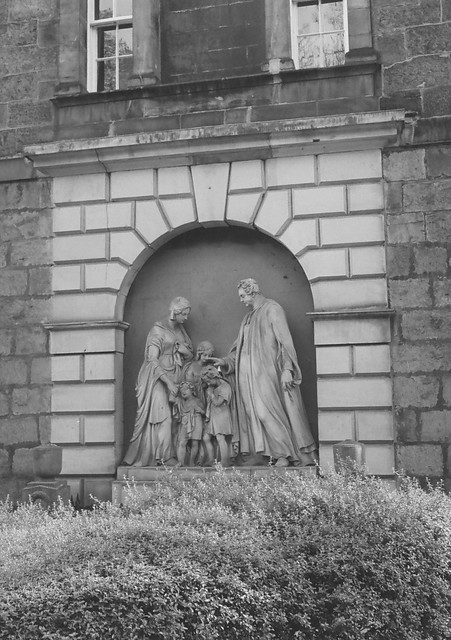
I ran it through the enhance at the default setting to get this. I guess there is a sharpen and a contrast fiddle going on here but the image jumps out more (if you think too much I could have tone it down a bit)
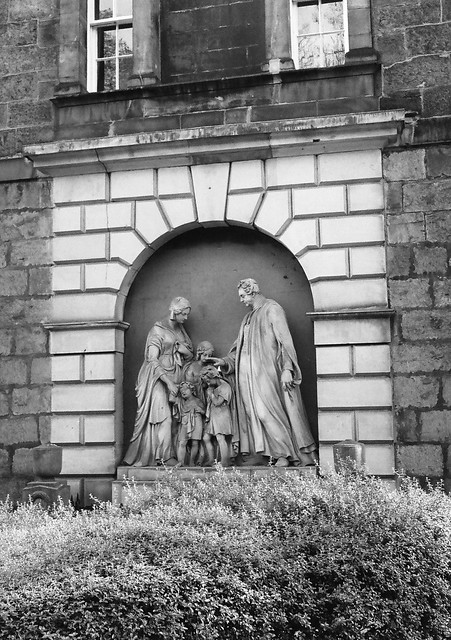
For reference here is digital colour shot used with kind permission (thanks Ross)
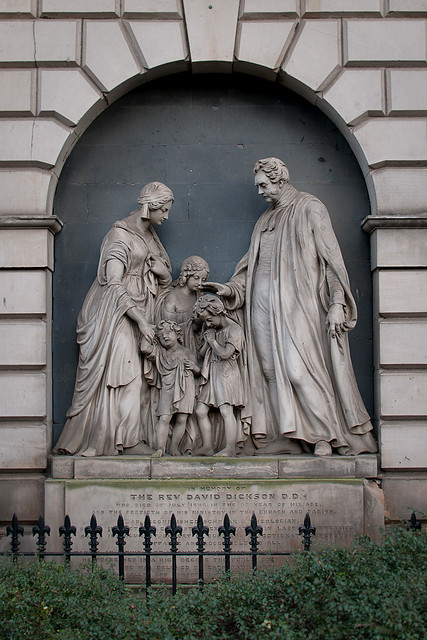
This probably the boldest I’ve ever been but I have done more subtle tweaks before. I’ve used a range of editors over the years but most frequently the lightweight and free to use ifranview to edit my shots.
The commonest thing (and I suspect you to do this) is minor cropping and rotating of my images. I also have used the auto adjust colour option occasionally when the balance has been off ( I also sparingly use the sharpen feature from time to time and the level adjust options)
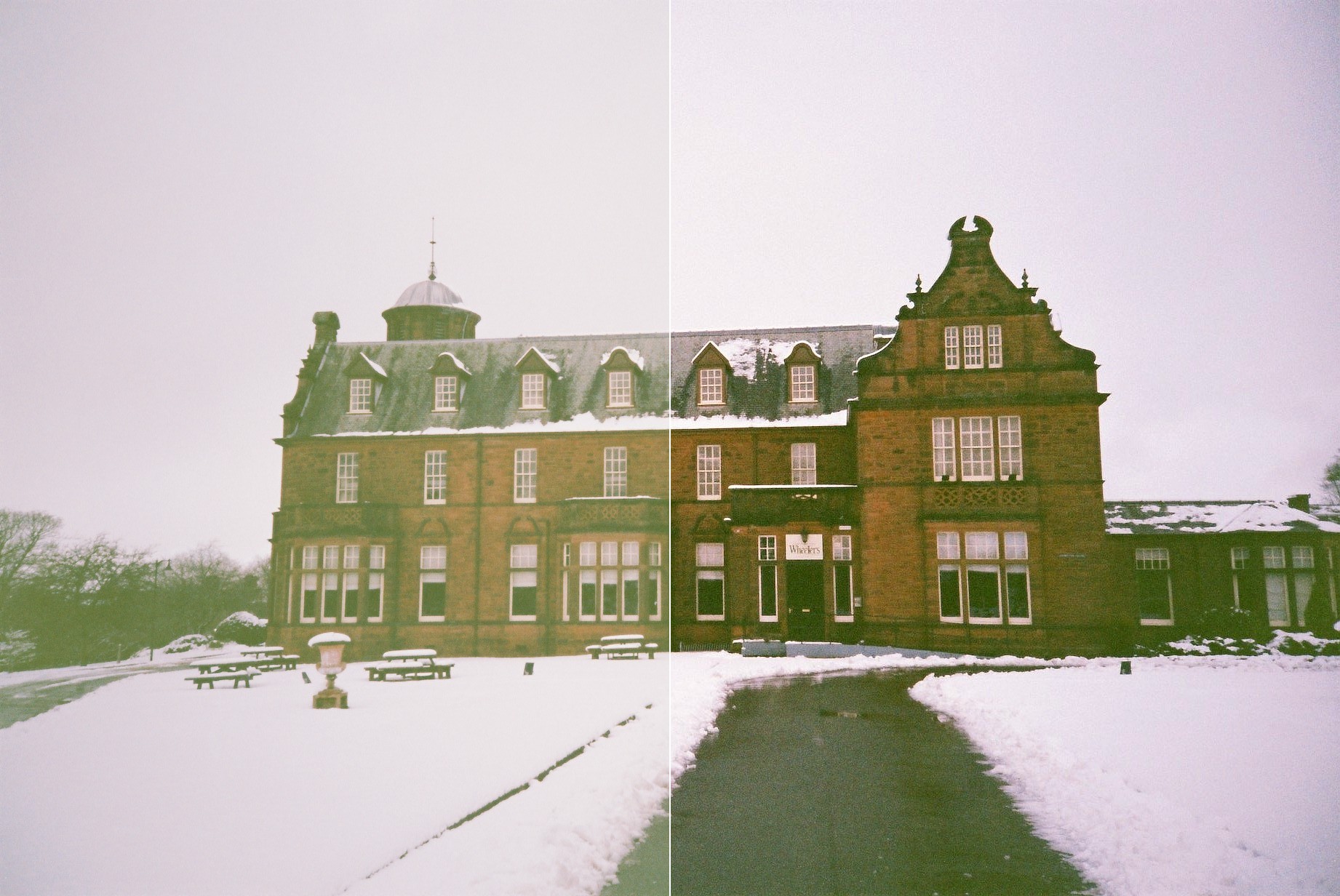
Used sparingly the image can be enhanced. T. A few of you might get annoyed here but each lab will have its own signiture to you images by their approach and scanning settings. Those scanner setting will affect you image. And back in the pre-digital days a lot of time was spent in the dark room manually ‘photoshopping’ blemishes out, buring or shading areas and adjusting colour balance, so really is this any different ?
But how much PST do you use and what tips do you have ?

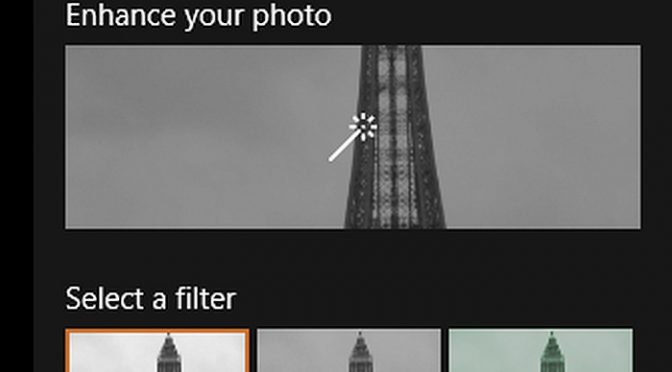
I used to think I’d be staunch: whatever comes off the scanner is it. But then I realized that when printing in the darkroom there are so many things one can do to affect the end image and nobody questions it. So I started tweaking my scans. And now sometime I even shoot fully intending to tweak the scans — such as on a series I shot on Tri-X 400 where the light was so bright that the camera on its smallest aperture and fastest shutter speed would overexpose by a stop. A quick tweak in Photoshop brought every shot right to life. All good!
Alan, no need to concern yourself too much. The whole film process from start to finish is fraught with so many variables along the way that resorting to a little digital jiggery-pokery is virtually a given. And this can often be the case even when the photographer has full control of the complete process from beginning to end. There is bound to be something about an image that we feel, or will find, needs some correction before it pleases us.
Your two images of St. Cuthbert’s and Johnstone House (in particular) show just how beneficial the application of a little digital enhancement can be. I believe the trick is to “develop” to taste, one’s own.
Because I started doing my own d&p in the late 1950’s the vast majority of my negatives are b&w. Commercially processed colour came later but was always an adjunct to my b&w work which remained my main love.
I have used Zoner as my preferred editing program since I gave up LR at V.3.6 and one of its features I use a lot is their Enhance Exposure and which its tools are applied after any necessary horizon alignment or cropping. This little mini feature within the main program brings conveniently together the tools I mostly use: exposure, contrast, lights, shadows, white point, black point, and clarity. (Clarity is a slightly more sophisticated version of sharpening.) With the exception of exposure all the settings are infinitely variable over a -100/+100 range. I have little need to adjust for colour unless the scan is way off. I use a dedicated 35mm film scanner, an ageing Minolta Dimage Scan Elite II, or a Canon 9950F flatbed for my roll film or 5×4 negs.
If I may pass on one tip, or suggestion, especially if one has access to a variable black point tool. Zoner can apply this feature in two ways; firstly via an eye dropper, but this relies on the users skill in selecting the most appropriate part of the image, and can literally be a bit hit and miss; secondly by the aforementioned variable black point control where one simply dials in a setting to view its overall impact.
Setting a black point doesn’t affect the highlights but does have an impact on contrast, whereas a contrast tool affects both highs and lows together. This is why I much prefer the black point setting first and then should I still have need to adjust the white setting separately, I can.
I don’t mind a bit of PST as you call it. Back in the day all sorts of weird and wonderful techniques were used to apply tints/effects to prints, such as solarisation, chemical washes, etc. I used to dip some of my slides in bleach to strip colour out! The grade of paper used also determined the contrast of the final print too. So it seems fair game to me, up to a point. So, I think global changes to scans are ok, if not too extreme.
However, what I do worry about are the tweaks with clone tools to remove things, or introducing things to the scene which weren’t there. In my opinion the photo needs to be the scene at that moment. My only exception to cloning is to remove blemishes based on using film (dust, fine hairs, water marks), these aren’t part of the captured scene, but artefacts of the developing/scanning process.
Depressingly I think the use of the clone tool to create the ‘perfect’ image is endemic these days, and it makes it harder for ‘honest’ photos to hold their own. I’ve had criticism of my own photos involving recommendations for cloning elements out. On many occasions these are elements of the scene that can’t be recomposed out and so the feedback is quite irritating to be frank, but I’ll stick my my honest image thanks! But that seems to be the benchmark these days 🙁
Totally with you Andrew. With PST I’m talking about doing minimal stuff as you did do in the darkroom in the pre (and post) digital era
Alan,
I understand what you are getting at, but just what is an “honest” image? Does this mean by how far it departs from the original scene or subject? If so, does this preclude the use of contrast filters (in the case of b&w film) or deliberately exposing for a specific effect such as high or low key, or to achieve a mood effect? Or what about a soft effect filter for portraits, or a polarising filter? All these affect the image captured. And this is all before one gets to work on the image in the darkroom.
Or do you mean “honest” in the sense that it represents the photographer’s intention? And then should one include the type of paper used, not simply its contrast, such as chlorobromide, bromide or RC papers? All these will impart a different look and feel to the image, especially with RC papers where one can vary contrast over different parts of an image at the same time. And one technique you didn’t mention, the film era equivalent of the eraser tool and/or localised contrast – good old Farmer’s Reducer.
The danger, IMO, is to assume that film is, by its very nature, the “purer” form of image capture. I don’t subscribe to this view. By choice I use digital kit. I see it as just another, but different, means to the same end. I let it work for me, not against me. And I say this as one who took up photography in 1959 as a fourteen year old and doing my own d&p for the next 44 years before getting my first digital camera in 2003.
I still do develop film myself, but mainly to test cameras I’ve added to my collection. I am deriving a lot of pleasure re-visiting and scanning decades’ worth of negatives/slides, all of which I can do in daylight! And, yes, I will use the clone tool to remove the beer can that some inconsiderate person left in the flower bed I’d photographed. I look out for such detritus and remove it. Why not? Would this image not now be “honest” in your eyes”?
Oooops! Got my A’s mixed up. Was commenting on Andrew’s post, if this isn’t apparent.
Hi, as I said global changes (filters/gels) seem fine to me, I think it’s where elements of the image are being digitally manipulated to make the world more perfect than it was where I have an issue. I’m afraid I would say the beer can in the flowerbed being brushed out is dishonest 🙂 If it is for your own pleasure that’s fine, but if it is being shared or passed off like that then it is more problematic I would say. If I saw that scene, I probably wouldn’t even move the beer can in real life. I’d take the a photo with the beer can as more of a focus of the picture. Perhaps my atheistic is different to yours. Yes, I take pictures of rubbish, because that is what the world looks like.
I also use digital and don’t consider film as the purer medium, but I treat them both the same (apart from I don’t have to take dust of my digital photos).
Don’t take this as being a combative response please, just trying to have a meaningful discussion on the internet, which is a rare thing these days. Alan, look what you’ve started!
Our aesthetics are clearly not the same. An irresponsibly discarded beer can, for example, is not a natural scene in nature. So unless the raison d’etre is to raise this irresponsibility in humans, why should it be allowed to remain to despoil the image? It isn’t argumentative, just a reality. This is just one example.
May I ask you: if you were selling your car and intended including an image of it, if you came across bird droppings on it, or it was in need of a wash, would you seriously consider not removing these beforehand? I’m sure you would want to present your car in its best possible light.
Yes, I’d clean the droppings off the car. Yes, I ask my kids to pose for family snaps. But yes, my interest in the beer can in the flowers is to do with showing the interaction of humans with their environment. I agree there’s a sliding scale I’m quite sure, it might depend on your purpose, and who the audience are, but there are more concerning uses of PS than hiding a bit of litter.
Just to illustrate a few other examples I’ve encountered recently – a photographer I met recently found a tree (I think up Malham), it was windswept and on a 30-40 degree list. In the final photograph it is straightened to perfectly vertical to make a symmetrical image. I’m aware of others who PS in more dramatic skies because it was grey on the day. A series of street portraits I saw recently had two images of the same woman, in one she has dark green eyes, in another vivid light green. Even Steve McCurry has been under the spotlight a bit recently, his composition of kids playing football had one child entirely removed to make a better composition. All I can say is I feel a sense of disappointment with these interventions, and I’ll be sticking to a few global changes, which I try to keep as subtle as possible. I might pop a vignette on occasionally! 🙂
https://petapixel.com/2016/05/06/botched-steve-mccurry-print-leads-photoshop-scandal/
There is clearly a sliding scale of what individuals will deem acceptable or not. To the absolute purist, no alterations at all should be permitted. This is one extreme, but whatever one’s stance on the subject, I think you will agree this is untenable. At the other far extreme, is deliberate manipulation to represent the subject in a manner that it never was so as to mislead the viewer in a way that reduces the truth of the image in a meaningful manner. The problem is, what is meaningful for one, may not be so for another. We already have an example of this in our discussion. My removing a beer can is unacceptable to you. Mr. McCurry’s images, IMHO, fall into this category, however much he improved the compositional element of the images. I understand that these images were deemed unacceptable as well, as they brought financial gain and continued to maintain the reputation of a well known photographer until, that is, they were shown to have been manipulated.
However such image manipulations are not confined to the digital era. There are clear examples of this of photos from the Nazi era and Russian archives where individuals have been completely removed from photos for political reasons.
But there are two iconic images I’d like to raise with you and which demonstrate how we can be fooled. These are the raising of the US flag on Iwo Jima and the Soviet flag flying over the Reichstag towards the end of WWII. I’d assume in your view of being honest, both of these would comply, as there seems to have been no image manipulation. However, both images were staged events. In the case of the US flag raising, this wasn’t the actual raising, which had already taken place, but the photographer, or powers that be, were not satisfied with the composition so it was staged for the far more powerful image that the world sees today. Likewise, with the Soviet flag on the Reichstag, this wasn’t a grab shot but was staged by the photographer. If you are aware of these iconic images but didn’t know the background to their being taken, what are your feelings now? Are they any less powerful images, or are you disappointed in that they were staged? Are they still honest?
And of course, if we cast the net wider, just how “honest” are paintings from the great masters? I’d guarantee that nothing would have been left in that did not enhance the painting as a whole. OK, I accept that this is a different ball game, but it should make us question our own values of just what is honest in art and photography. And this question leaves it wide open for personal interpretation, I am sure you will agree.
Goodness folks ! Never thought this would generate as much discussion. At the end of the day the amount of PST is up to the phographer and we all end up judging the results as individual. Off film for example there is the use of HDR. I’m in the if used sparingly and appropriate can be good but some hate it full stop and some feel the need to HDR everything to a high level. There’s room for all those camps and the ones in between
Alan, yes, and on your site primarily devoted to film! Argument (not argumantative!) i.e. discussion, raises lots of issues that can range far wider than we often anticipate. And one can often be confronted to question our own views in ways we’d never contemplated, too.
Andrew’s good point about honesty in an image clearly shows that as a subject in its own right, it goes wider than a little PST’ing to personal choice, which is where I believe we are singing from the same hymn sheet, to crossing a line where positive manipulation completely misrepresents the image. My removing the carelessly discarded beer can I see as fine as it does not form part of the subject, but for Andrew this crosses the line, it seems. Although tongue in cheek, he does accept he’d remove the detritus from his car. :D) I’m sure we could go on ad finitum.
Fair point Terry.
I’ll keep my blue beret self on the watchtower for the mo..
never one to stifle friendly banter 😉
I do a bit of tweaking sometimes, usually exposure and contrast, but that’s it. The place I usually get my rolls developed and scanned at, the scans are good for the 50p they cost on top of development, but they can occasionally scan a little bit too dark,